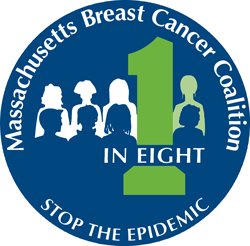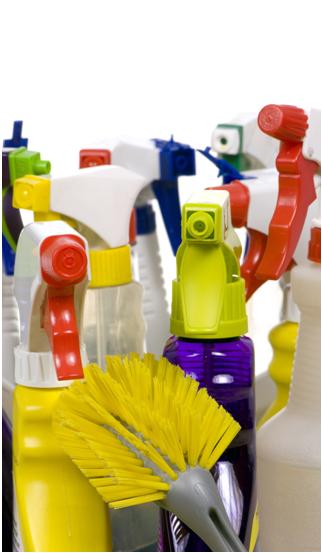Every day we are exposed to chemicals linked to breast cancer and other diseases. In fact, research by Silent Spring Institute has identified 216 chemicals associated with the disease. However, much can be done to reduce our exposure to these and other unhealthy chemicals. Below are resources to help guide you to make healthier choices at home.
Food Packaging
Choose fresh or frozen food instead of canned as much as possible. BPA and phthalates can migrate from the linings of cans and plastic packaging into food and drinks. When preparing food inside your home, use glass or stainless steel containers instead of plastic. Never put plastic containers in the microwave, and encourage your family and friends to do the same. Many plastic containers contain chemicals that can get into food when the plastic is heated. If you must use plastic, avoid #3, #6, and #7.
Trust Your Nose
If it smells bad, it’s probably bad for you. The smell of a new shower curtain, a new car and dry cleaned clothes are all created by hazardous chemicals that should be avoided. Instead of a plastic shower curtain, buy a cotton or nylon one. If you dry clean your clothes, ask that they be treated without “PERC.”
Minimize Char
The blackened part of barbequed foods can be delicious but it is often hazardous to our health. “Char” contains PAHs which are known to cause tumors in animals.
Buy natural and organic furniture
Many things inside your home may be sprayed or made with flame retardants that contain dangerous chemicals called PBDEs. A 2019 study by Silent Spring Institute found that adding flame retardant chemicals to furniture does not protect consumers from the most deadly types of fires, and calls into question fire safety regulations that compel manufacturers to add toxic flame retardants to furniture. Chemicals from these flame retardants can linger in homes as dust particles released from furniture and other sources leading to increased levels of exposure which can have adverse health effects.
Vacuum regularly
As explained with flame retardant chemicals, toxins can remain in your home as dust particles. Be sure to keep your home free of dust by using a vacuum with a HEPA filter.
Use your consumer power
Before buying, make sure to read the label of your personal care product, cleaning product, pesticide, paint, even furniture. Some chemicals used in these products have been associated with cancer, impaired fertility, impaired brain function, and birth defects. Especially avoid products containing the following chemicals:
- Bisphenol-A (BPA) found in plastics
- rBGH (growth hormones) found in dairy products
- Parabens found in cosmetics products
- Phthalates in cosmetics and plastics
- “Fragrance” found in cosmetics products and air fresheners can include hundreds of unnamed chemicals including phthalates
- PBDEs flame retardants used on furniture and clothing
- Endocrine (hormone) disrupting chemicals. Visit The Endocrine Disruptor Exchange (TEDX) for a list of potential offenders
Not only will this reduce your exposure to hazardous chemicals but it will help to change the market. If more people chose products without these ingredients, demand for the less-safe products would go down and the market would shift towards safer alternatives. In other words, as an individual employing your consumer power, you can make an impact on an individual and national scale!
Explore Alternatives
Look around for natural alternatives to cleaning products, personal care products, pesticides, and lawn care products.

